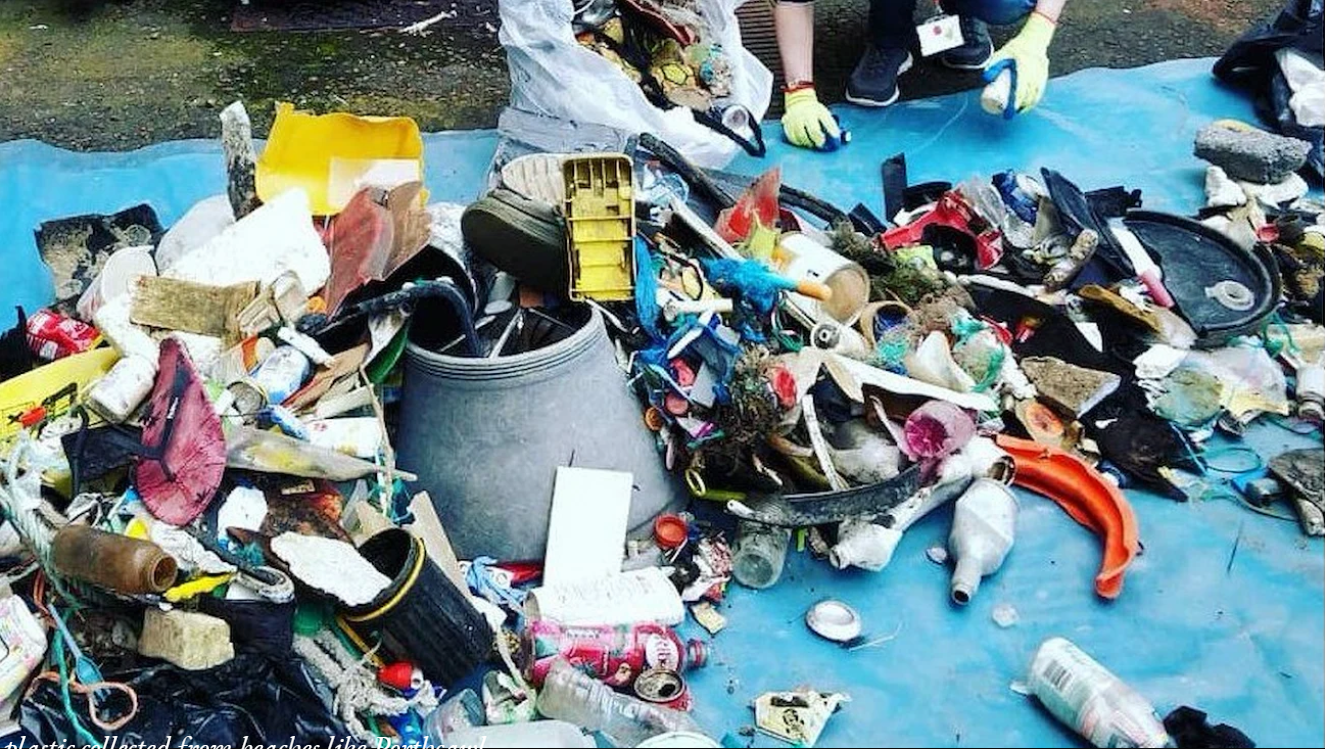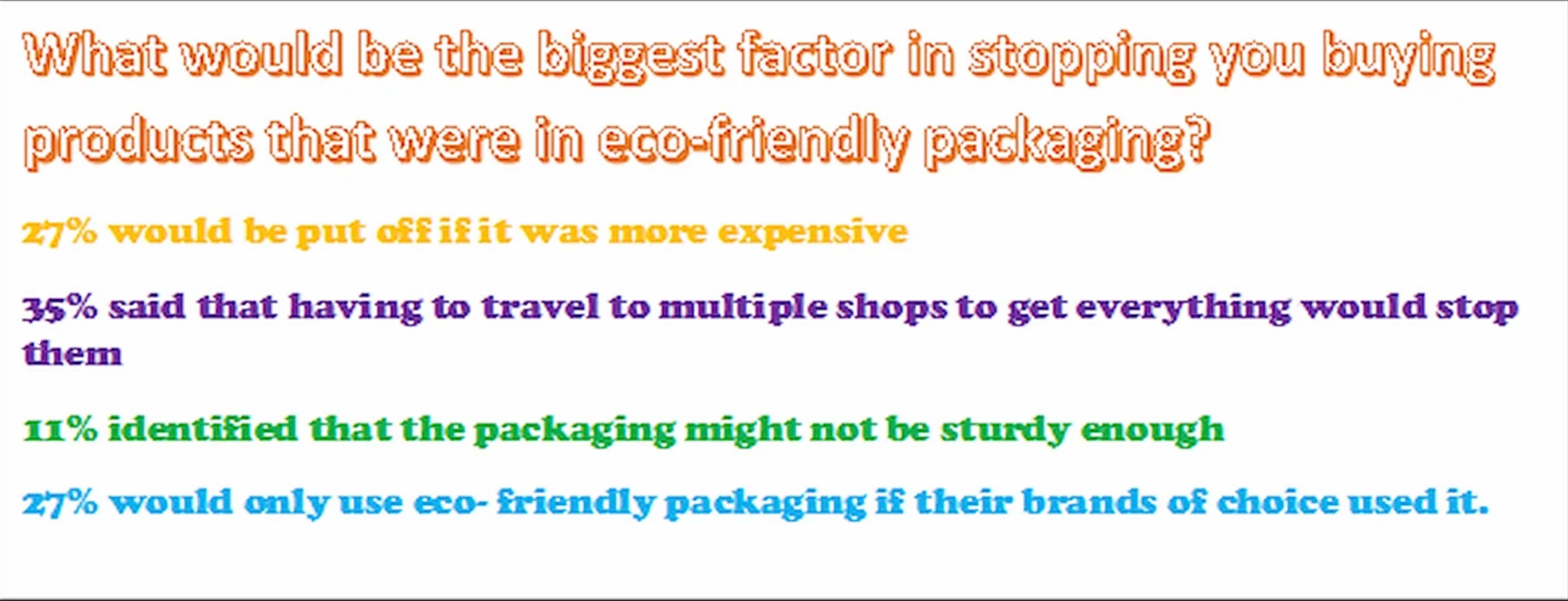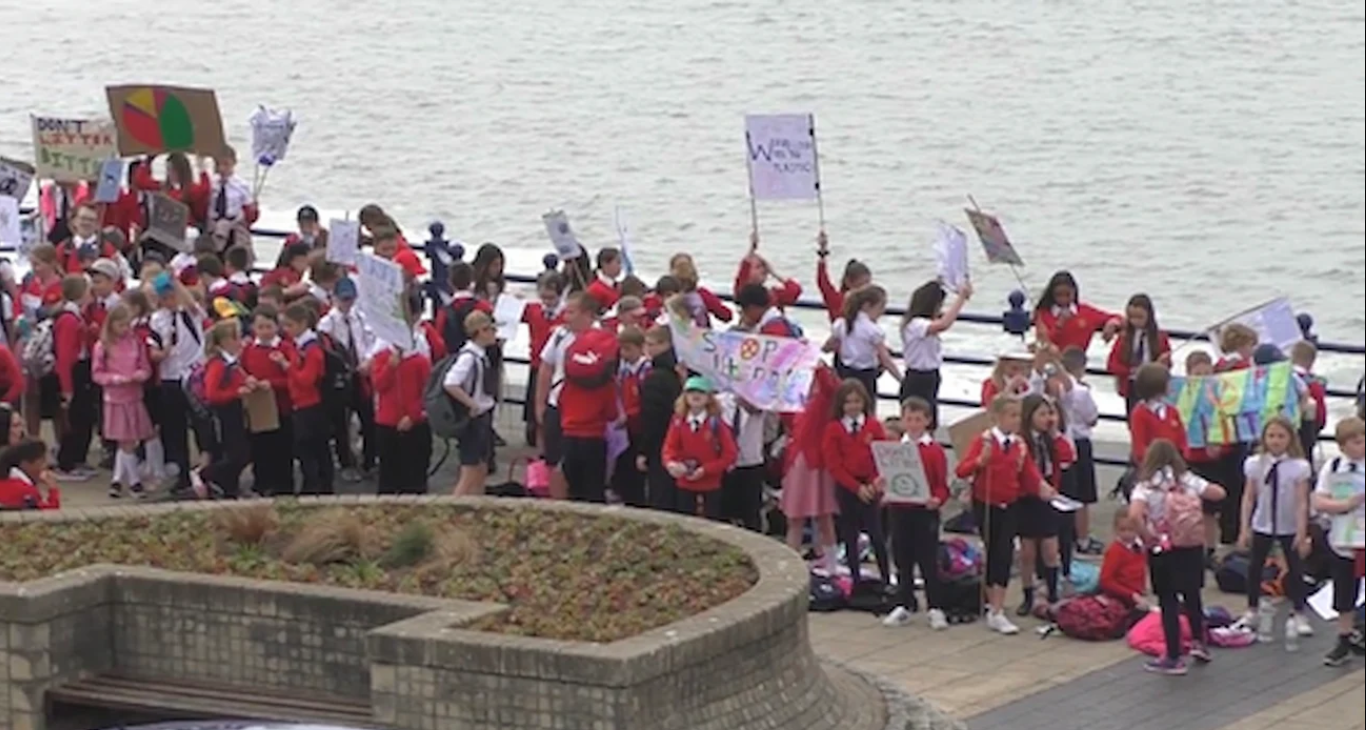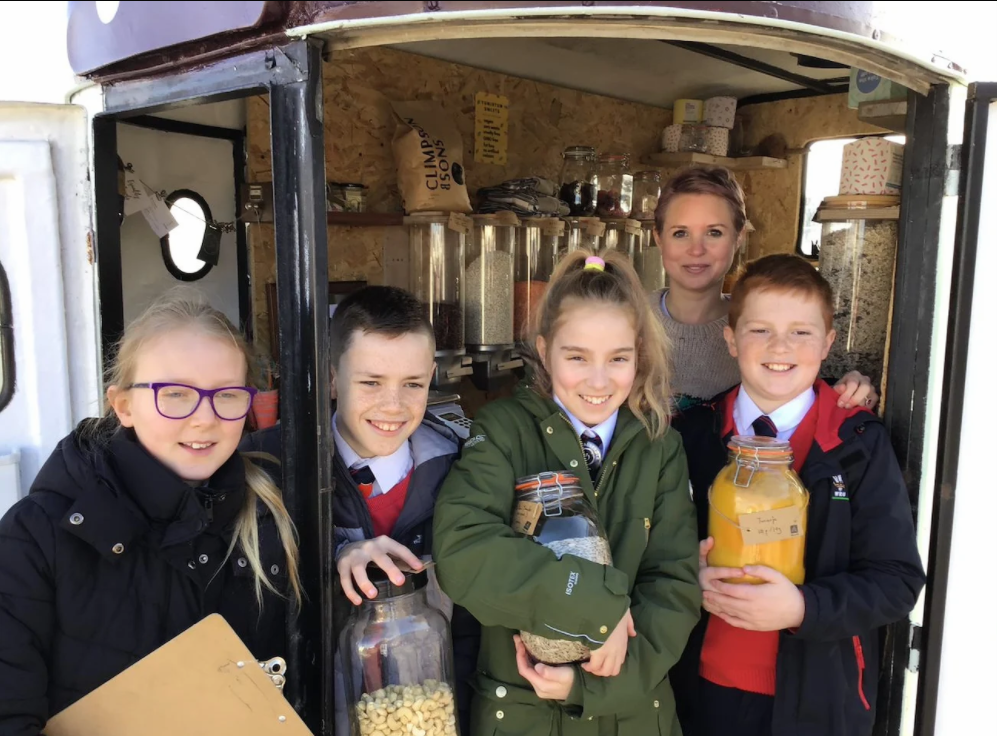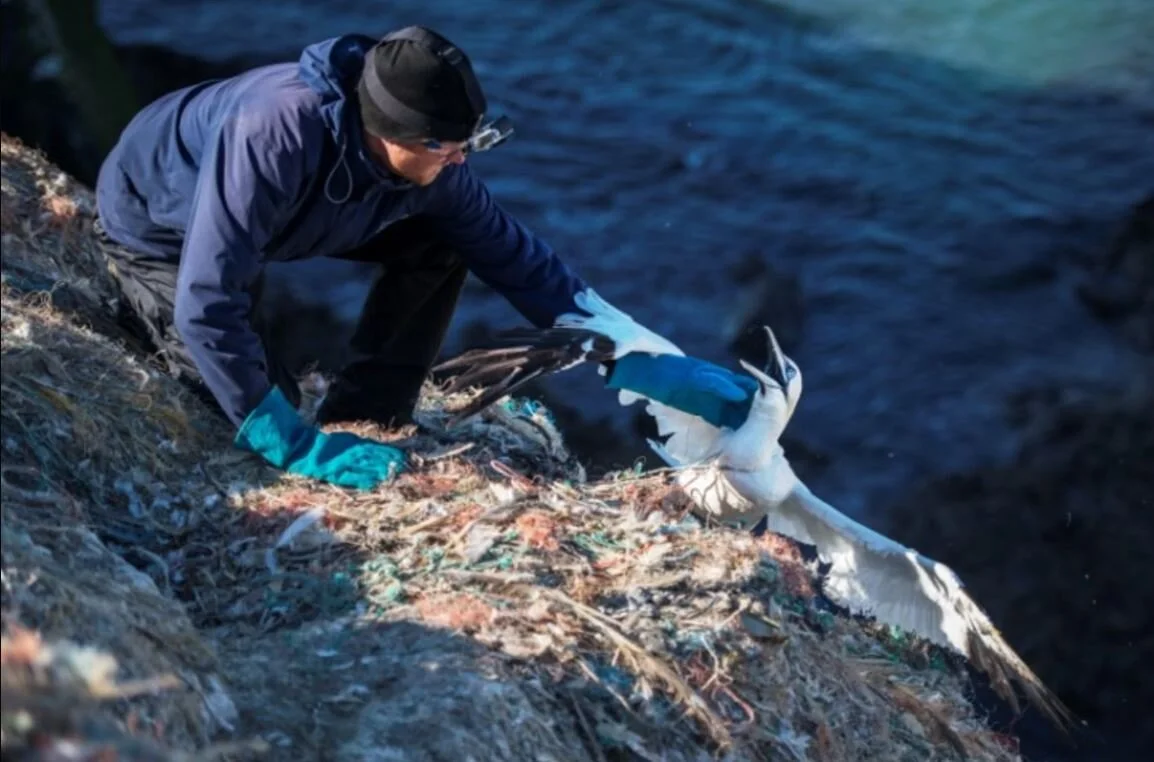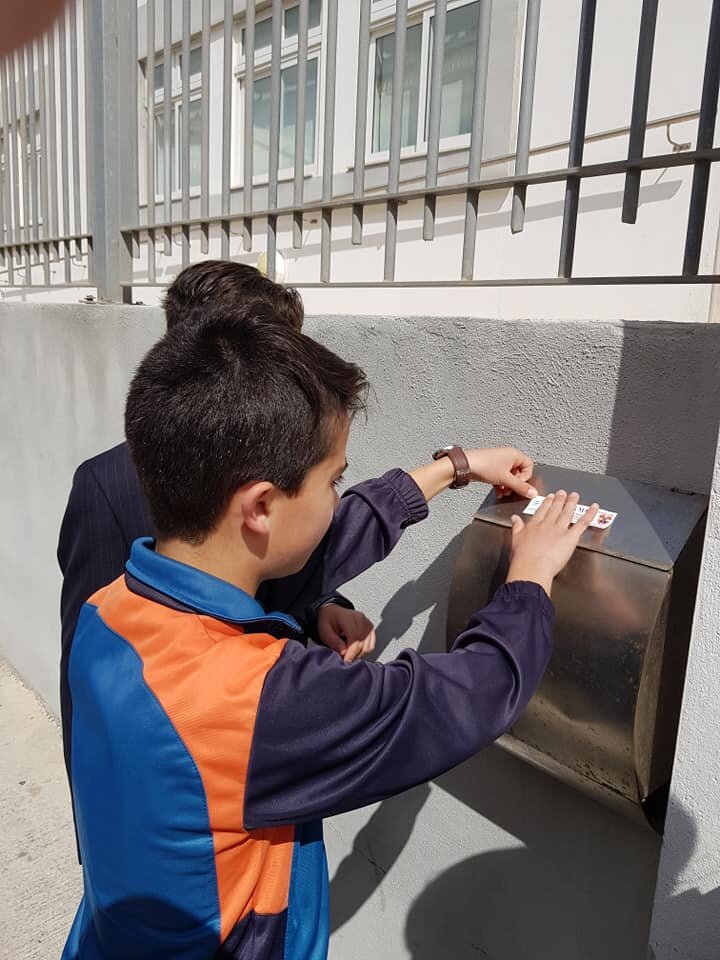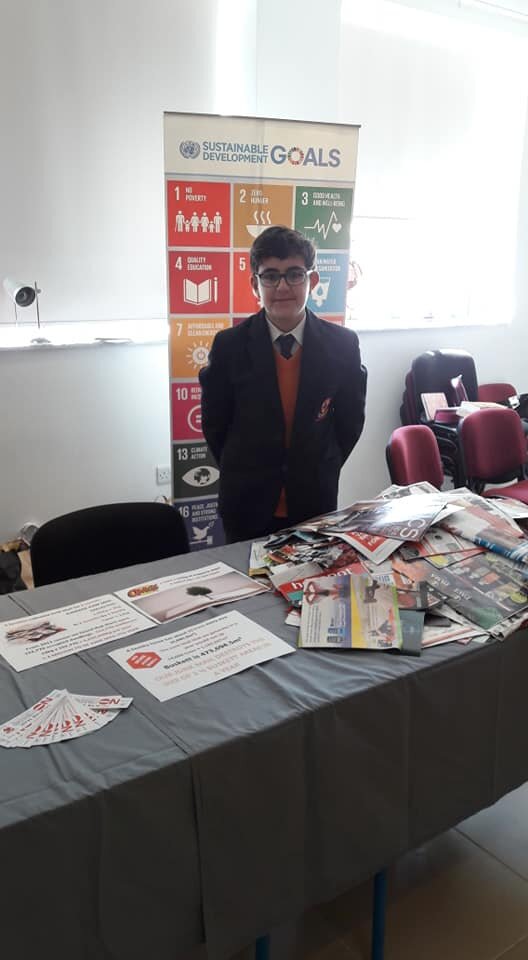YRE Competition 2021
Litter Less Campaign Article
11-14 years old
Even though pet shops are filled with cat food, supermarkets are also worthy culprits. Plastic packaging comes in all shapes and sizes and cat food packaging is one of them. Although there are alternatives, there is little to no awareness. A glance across a supermarket or pet store would seem ordinary to most, but when scrutinised through a different perspective, may seem foreign altogether.
Casting a blind eye to our problems does not make them disappear. How can it be different with the environment? It is not.
After surveying multiple cat-owners, a majority buy their cat food from "New World". Therefore, I decided to interview "Thorndon New World’s" store manager. Although he was unable to answer my questions, I have gathered that "New World" is sustainable through waste-minimisation, carbon reduction and packaging sustainability. Unfortunately, none of these affect cat food.
47% of cat owners are unaware of the alternatives to single-use cat food packaging. Cat food suppliers need to take responsibility to raise awareness on alternatives. An interview with a dine rep concluded in the fact that it was impossible to recycle the packaging for that brand as they were soft plastics.ncnca
In the United Nations, Global Goals Target 12.2, it mentions that by 2030, the world will efficiently use natural resources. Plastic, being made from natural materials, should be included. This is an ambitious goal, but although people speak of it, no one acts.
After interviewing "Pet Centre Lower Hutt", “Croften Downs Countdown”, "Animates Kaiwharawhara", and the "City New World", all of them took an exceedingly long period of time to respond, and refused to answer any of my questions claiming either that their head office didn’t approve it or that it was sensitive information. Surely they could have answered at least one of my questions, such as “How do you act against single-use plastics related to cat food packaging?” This aroused my suspicions. If they had , would they not have answered promptly and with more detail?
However I received better results from “Nestlé Purina”. Purina is aiming to have 100% recyclable or reusable packaging by 2025. Purina has also adopted the Australasian Recycling Label, which shows what product packaging is made from, so customers can correctly dispose of it. Purina are trying to reduce their bad impact in the world. It is also involved in the Soft Plastics Recycling Scheme
Royal Canin has yet to respond but in its FAQ’s they said: “Our goal is to use environmentally friendly packaging wherever possible without sacrificing food quality. We have changed our entire canned product line to recyclable packaging. The bags are designed to maintain the nutritional profile and freshness of the product throughout its entire shelflife. Currently a recyclable option that meets these requirements does not exist. We are still searching for packaging that will maintain the freshness of the product, and our goal is to improve our impact on the environment when an acceptable option becomes available.”
An interview with a dine representative ended better, with her mentioning the Soft Plastic Recycling Scheme, which has been embodied by Countdown in 24 Auckland stores. This is not enough. Not everyone has access to recycling soft plastics easily. There are other alternatives, such as Terracycle. Terracycle provides a successful way to recycle most cat food packaging. Not many people are aware of these alternatives though. Yet another choice is for industrial scale companies to use Mycelium Packaging; sustainable packaging made purely from plastic.
Suppliers, consumers and retailers all need to work together to help the environment. Is this how we want our world to be? Keep New Zealand green.
Senali
Queen Margaret College
@YRECompetition2021
Article 11-14 years
1st Place
Title: Cat food packaging: exposed
Country: New Zealand
2nd Place (shared)
Title: How has the pandemic affected the use of single use plastics?
Country: Wales
Title: Stop plastic!
Country: France




